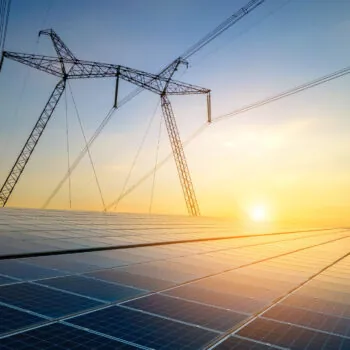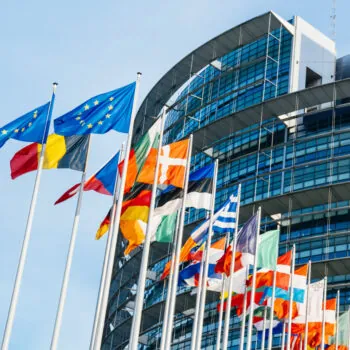In 2013 after the Arab Spring uprisings E3G carried out an extensive medium-term stability analysis of the Middle East North Africa (MENA) region. We found that MENA was likely to remain highly exposed to increasingly likely food, energy and water shocks through to 2025. Yet external support packages were failing to systematically address these risks and GDP growth alone was unlikely to mitigate them. Countries would need to focus on directly building national resilience if the conditions for political stability were to be reliably maintained.
This follow up briefing takes stock of EU-US progress in improving resilience to resource and climate shocks in MENA. It is based on a systematic assessment of regional trends, risk factors, and economic and financial support packages. It has also been informed and substantially improved by consultation with experts including two high level workshops in Brussels and Washington, DC.
Stability in MENA continues to be a strategic priority for the EU and US for political, economic and security reasons. There was already evidence that climate and resource risks were drivers of instability in MENA. Our update finds that official threat assessments of the impact of these risks have worsened, including growing food insecurity, water scarcity and extreme weather. These risks, among other factors, have contributed to estimates of increased migration pressures on Europe. Higher risks are also seen to deter private sector investment.
Since 2013 a great deal of work has been done in the region and important progress has been made in supporting local governments and improving livelihoods. However, it is widely agreed by experts that MENA’s exposure to resource shocks and climate risk has not significantly improved. Countries in the region are overwhelmed by immediate needs. Most external interventions have short term objectives and focus on conventional macroeconomic indicators. Relatively few projects seek to address longer term instability, and of those that do, few target resource and climate risks by building resilience. Regional energy initiatives are fragmented and often inconsistent with decarbonisation objectives.
Improving resilience will require institutional reform and international efforts to move beyond the current crisis response framework and integration of climate and resource risks into conventional approaches to stabilisation. A more strategic approach to investment focused on prevention and effective management of risks of instability is needed. Critical decisions to respond to risks of instability require sustained long-term action and planning that is integrated across multiple disciplines and sectors. Examples of resilient interventions include demand reduction alternatives for new supply side investments in energy and water or projects that foster regional resource interdependence such as Ecopeace’s Water and Energy Nexus. These types of approaches can build on existing efforts such as work that Mercy Corps is undertaking to demonstrate a return on resilience investments.
Several steps in the decision-support cycle for countries at risk of instability are under-resourced. Political will is not the main barrier. While there is uncertainty surrounding the transatlantic relationship, the continued focus on MENA particularly by the EU and international financial institutions is encouraging. Risk assessments can always be improved but they are good enough to inform decisions based on a preventive approach. Rather, our analysis suggests that the main barriers to improving resilience in MENA are at the ‘downstream’ end of the decision cycle, specifically a lack of evidence on the effectiveness of resilience-based interventions and a lack of capacity of policy advisors to generate strategic options. These problems are solvable. What is more concerning however is the lack of understanding at the political level of the importance of resource and climate risk as well as the phenomenon of ‘risk overload’ where the danger of climate and resource shocks gets lost in a pile of competing shorter term priorities.
For all its challenges MENA is ripe with opportunity. Transatlantic cooperation on a few priority areas can form the basis of a deeper set of international reforms. The EU already has an impressive suite of relevant strategies and financial instruments and faces greater material risk from instability in MENA. For some priority areas the EU should therefore take the first step and hope that the US will follow. In other cases, there is already enough common ground that there is greater scope for immediate cooperation. Finally, there are several equally critical but politically challenging issues that would benefit from early stage dialogue as a least-regret approach.
Where Europe should lead
1. Deliver existing EU strategies and investment plans
2. Launch a platform for climate and resource resilience in the southern neighborhood
3. Rationalise and review energy infrastructure investment in the region
Immediate opportunities for cooperation
4. Launch a transatlantic dialogue on water security in MENA
5. Revitalise the EU-US platform for coordination on migration and refugees
6. Establish a policy dialogue on sustainability and stability with other major investors, such as China and Japan, active in developing critical infrastructure in MENA
Medium term challenges
7. Systematic evaluation of best practices in preventive investment
8. Joint assessment on the role of macroeconomic policy frameworks in improving resilience to natural disasters
Download the full report
MENA Stability in a Changing Climate – A Transatlantic agenda on preventative investment [0.5MB]


